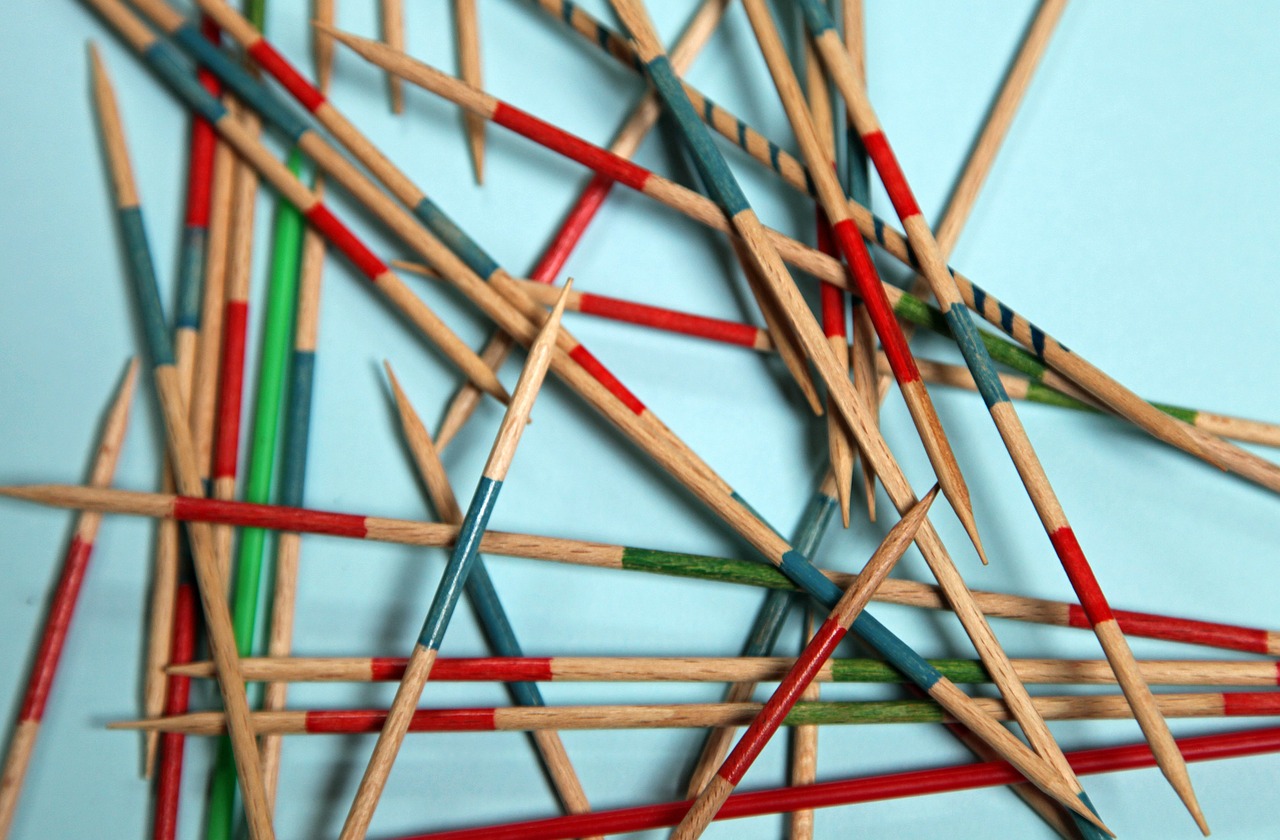
Oh, The Thoughts We All Think
One stick
Two sticks
Red stick
Blue stick.
Red stick thoughts are unexpected.
Blue sticks thoughts are for what’s expected.
Say! What a lot
Of THOUGHTS there are.
Yes. Some are red. And some are blue.
Some spread good thoughts.
And some you should not do.
Some make you lighter,
And some are for fighters.
And some make others very much brighter.
Just why are they
Lighter, fighter or brighter?
Of this I know,
Just ask this writer!
Some are kind
And some are mean.
The odd ones can
Make others green!
Both there and here, and here and there
Others’ thoughts are EVERYWHERE!
This is the language we use throughout the residential and day treatment children’s programs at Spurwink. It is borrowed from Michelle Garcia Winner’s work with Social Thinking. Using this language helps our students understand behavior more easily. The feedback they receive is verbal as well as visual and represents something that is abstract and often difficult to understand…how one’s behavior impacts those around them.
“Blue” sticks are a way to acknowledge expected or appropriate behavior. “Red” sticks are used to inform students that the way they are acting or what they are saying is unexpected and that others may be having weird or uncomfortable thoughts about them. Students strive to earn “blue sticks”, as these represent good or expected thoughts that others are having about them.
In structured social skills groups, the worlds of Applied Behavior Analysis (ABA) and Social Thinking merge seamlessly. As client groups work as a team to earn blue sticks (and avoid red sticks at the same time!) they are rewarded by a prize. This behavior intervention encourages a “one-for-all” mentality and encourages collaborative team work.
To learn more about Social Thinking groups or ABA informed interventions at Spurwink, feel free to contact me at: edavis@spurwink.org
—
By Elizabeth Davis
CCC-SLP, BCBA, Speech-Language Pathologist
Spurwink Services
